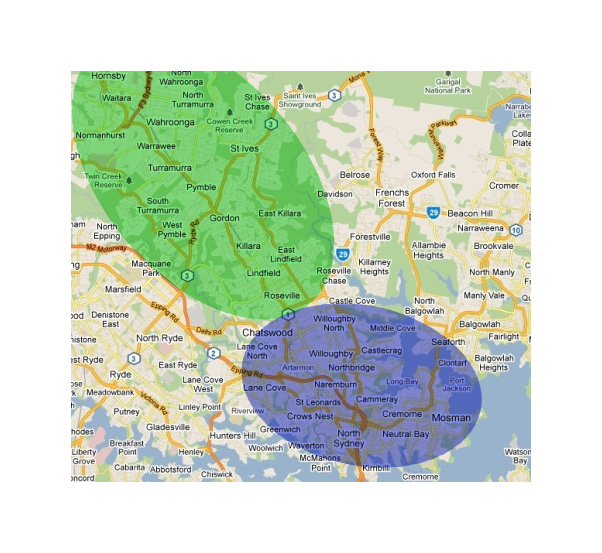Ku-ring-gai Council has prepared a submission in response to the Independent Review Panel’s Future Directions for NSW Local Government report that, amongst other significant changes to local government, recommends amalgamation with Hornsby Council.
Ku-ring-gai Council engaged independent consultants to investigate the impact an amalgamated Ku-ring-gai and Hornsby Council would have on residents
of Ku-ring-gai.
We are shocked to find that our residents would be disadvantaged in an amalgamated model. Not only would they have less representation, but they would most likely pay more rates.
Rates are based on land value. Because the residential land values in Ku-ring-gai are on average 55 per cent higher than in Hornsby, the rates paid by Ku-ring-gai ratepayers would increase in an amalgamation with Hornsby. At the same time, the rates paid by Hornsby ratepayers would go down.
The average increase for Ku-ring-gai residential properties is likely to be between 5 per cent and 17 per cent – potentially $217 per year extra for Ku-ring-gai ratepayers.
I think it is important to do a comparison of what Ku-ring-gai residents currently receive from Council compared to what Hornsby residents receive from Hornsby Council.
Ku-ring-gai Council is in a better financial position than Hornsby and this has been recognised by the Treasury Corporation (TCorp) in their evaluation of every NSW Council’s financial position. Ku-ring-gai is in the Top 16 Councils and Hornsby the Top 80.
Ku-ring-gai has an operating surplus of $8.2 million, while Hornsby has an operating deficit of -$4.1 million.
Hornsby’s area is over five times our physical area and their population density far less, so homes are spread out. This means their road network should be massively bigger than ours, yet Hornsby are spending $4.5 million on roads compared to our $8.9 million.
They are spending $1.6 million on parks, playgrounds and ovals, compared to our $6.1 million total on parks and sports fields.
Ku-ring-gai delivers its range of services at lower operating costs, with fewer employees and at lower employee costs.
I find it hard to understand how Ku-ring-gai residents will benefit from a proposed amalgamated local government area that will be five times that size in land area. It is obvious that here in Ku-ring-gai we will have to subsidise an area as large as Hornsby.
Ku-ring-gai residents would also have less representation than Hornsby residents, meaning that the voice of Ku-ring-gai residents would not have the same weight.
Ku-ring-gai could have as little as five councillors on an amalgamated council, which is half the present number. I don’t believe that Ku-ring-gai residents understand that these councillors, will not be able to give them the individual attention they are use to. It will also be the end of independent representation as political parties will use local government as a training ground for state and federal politics.
I am trusting in the Premier’s word that he won’t force amalgamations, because you can clearly see it will not benefit Ku-ring-gai residents.
by Elaine Malicki*
*Elaine Malicki is the Mayor of Ku-ring-gai. She is the Council’s longest serving female councillor.












